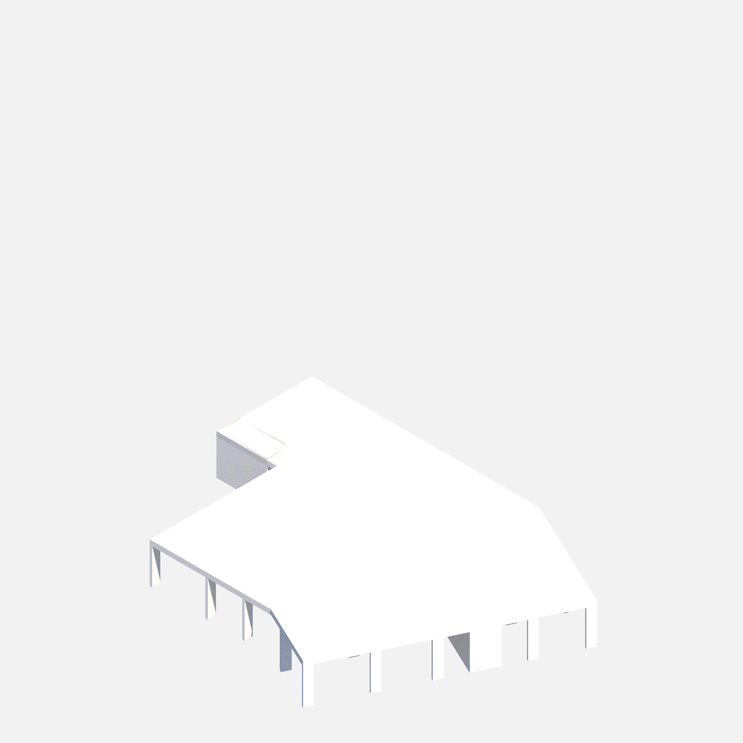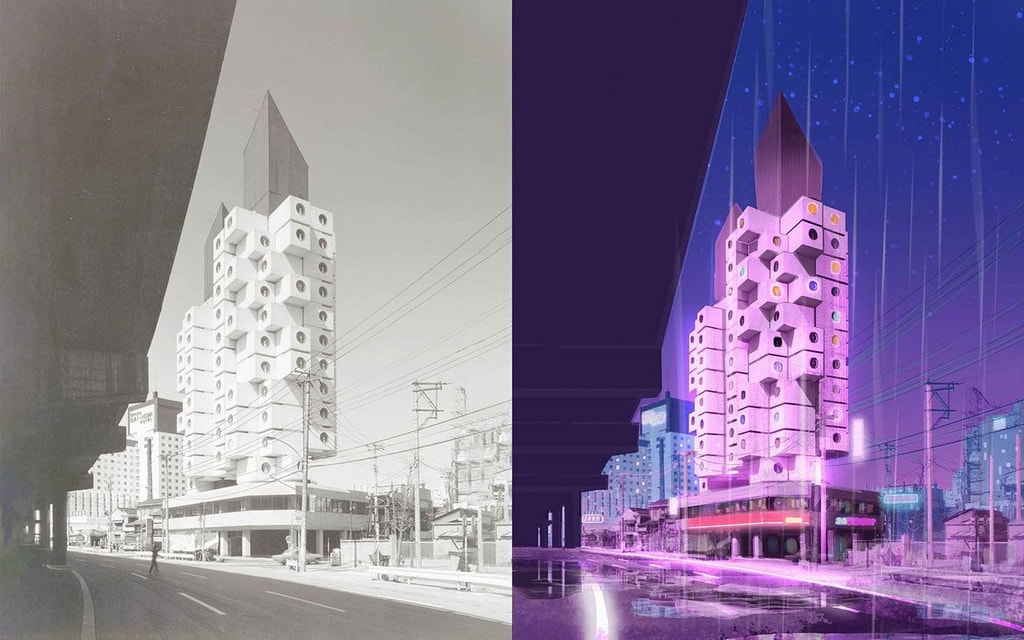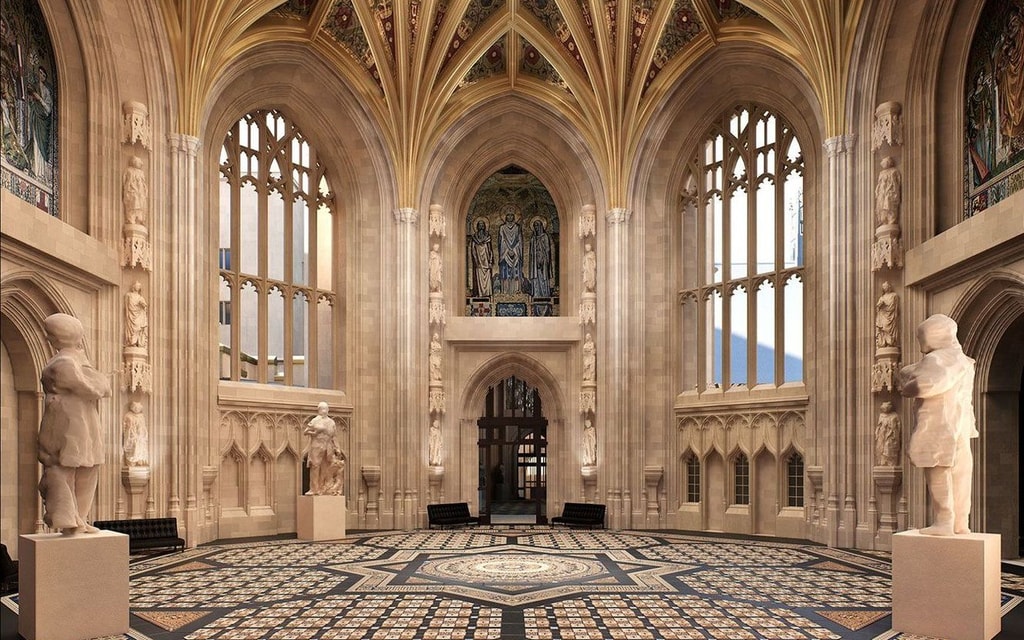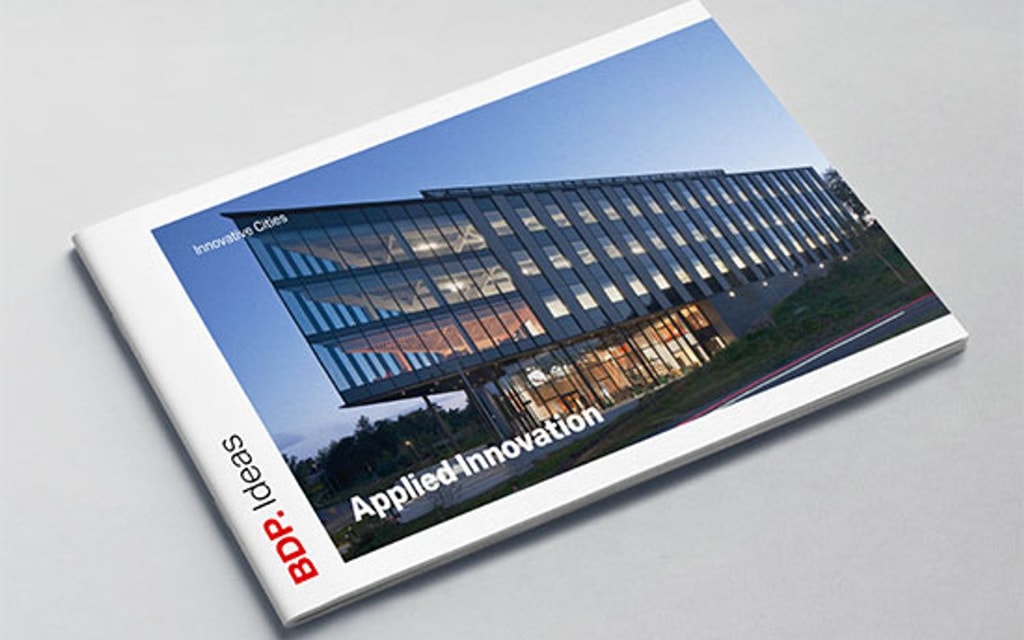Digital Design
Digital technologies enable us to create a fully collaborative, participatory culture for design to deliver a truly inclusive and sustainable future. The success of our work depends on the strength of our imagination, through creative problem solving, coupled with a mastery in communication, through selecting and deploying appropriate tools and techniques to tell the most compelling and engaging stories.
Our long term partnership with Autodesk and other leading software vendors afford our project teams access to cutting edge tools and technologies at scale. Our toolkit allows us to iterate design proposals, tested through rapid digital prototyping using generative design techniques, to simulate and assess design options against our core sustainability criteria and to ensure technical excellence is met with efficient information production. Technology underpins everything we do, enabling more seamless integration of our multi-disciplinary teams to create award winning, world-class designs.
Think.
Second life for an icon
The Nakagin Capsule Tower in Tokyo is being secured a second life in the metaverse.
A culture of curiosity: 100 years of XR
Elliott Crossley talks about the evolution of VR at the Autodesk Conference.
Game Changers
How BIM is driving more data-centric, efficient design methods.
Applied Innovation
Through harnessing emerging tech, BDP continues to drive meaningful change through innovation.
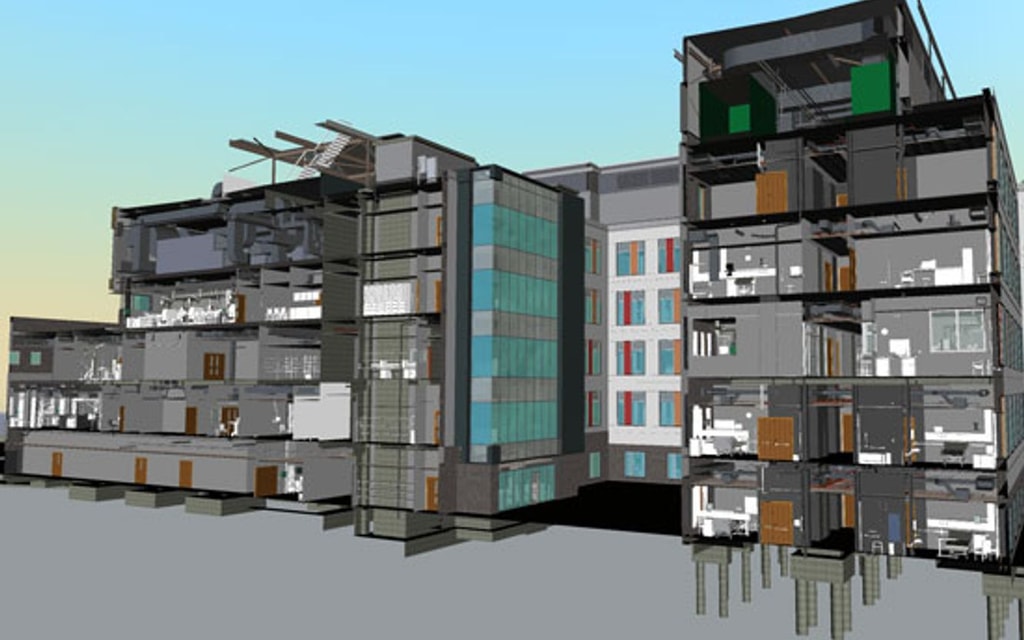
Building information modelling is key to supporting our design process, ensuring we provide better built outcomes for our clients. BDP has been at the forefront of BIM adoption since its inception, embracing the benefits of early design integration, coordination and collaboration with all members of the project team. We have contributed to numerous industry standards and promoted adoption of best practice BIM in the UK and across the globe.
We strive to have a positive impact on the world and, when considered holistically, BIM can deliver:
Lower Costs – 33% reduction in the initial cost of construction and the whole life cost of built assets.
Faster Delivery – 50% reduction in overall time from inception to completion of new build and refurbished assets.
Lower Emissions – 50% reduction in greenhouse gas emissions in the built environment.
Digital twin technology is a way to create a virtual replica of a physical building that uses real-time data to monitor operations and simulate changes and possible outcomes. Scenario testing can be used to assess the impact of design decisions, identify potential issues as well as support the business case for potential future estates planning.
In this realm, we have collaborated with a number of commercial clients to resolve bespoke requirements and BDP has built a digital twin for the Houses of Parliament Restoration and Renewal Programme, where digital data will support onward project planning, design activity and ultimately management of the overall facility and its heritage collection assets.
Computational design continues to mature within BDP, where complex 3D geometries and parametric modelling tools are key components our multi-disciplinary design process. We use these techniques to iterate design concepts,evaluating them through simulation tools for design optimisation – a balance of sustainability, engineering simplicity and overall architectural elegance.
Our specialists create bespoke automation tools to enhance productivity and improve versatility – we can produce work more quickly and refine more precisely than ever before. These emerging skills allow us to continually improve, via applied innovation, to deliver iconic, high-performance buildings.
Our specialist visualisation teams support our ability to communicate ideas to the wider project stakeholder team. We create digital environments to allow interactive and immersive experiences using the latest virtual and augmented reality solutions to communicate our ideas in the most appropriate way to our audience and collaborators.
This technology allows those outside of the immediate design team visibility of the design development process, imagining and experiencing spaces to encourage a greater level of input. We can visualise and iterate designs in real-time, allowing for rapid experimentation with materials, lighting, and people flows. The ability to produce high-quality renderings in minutes, rather than hours, fosters greater creative exploration and more informed decision-making. Designs are fully tested in a digital world, and refined with input from all stakeholders, to ensure we arrive at the best possible built solution for its users, now and into the future.
Design.

Everton Stadium
Practice.






